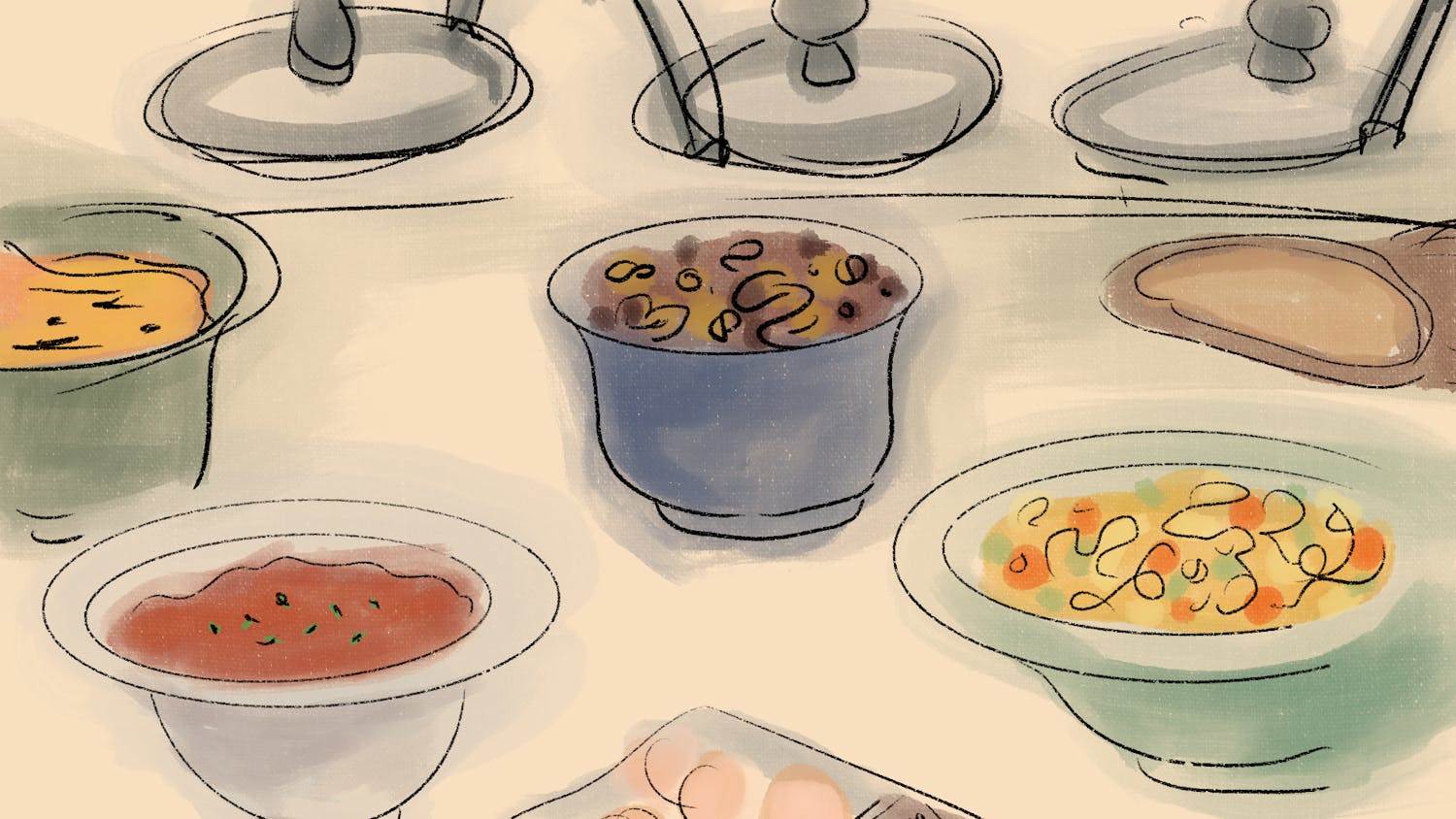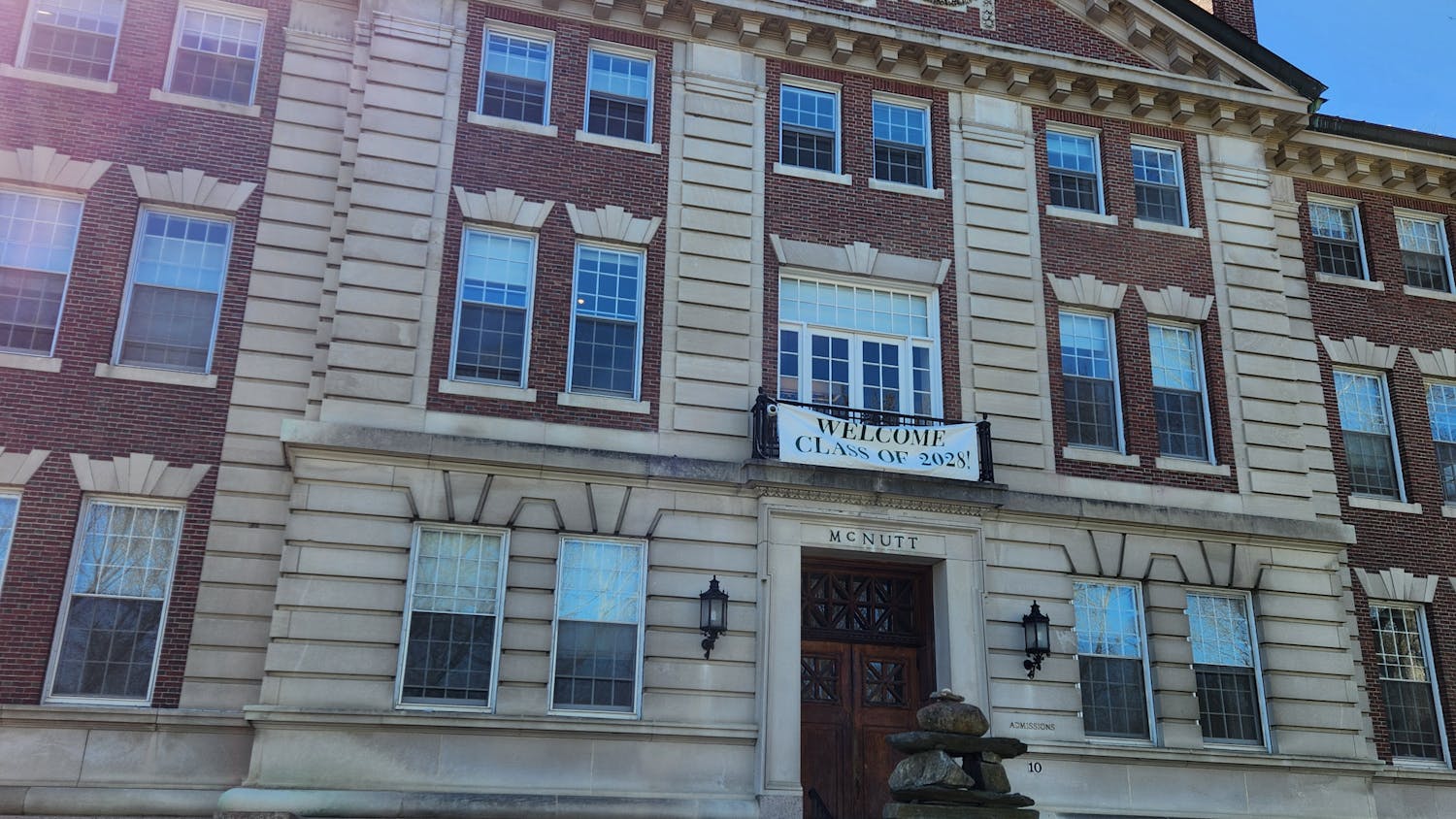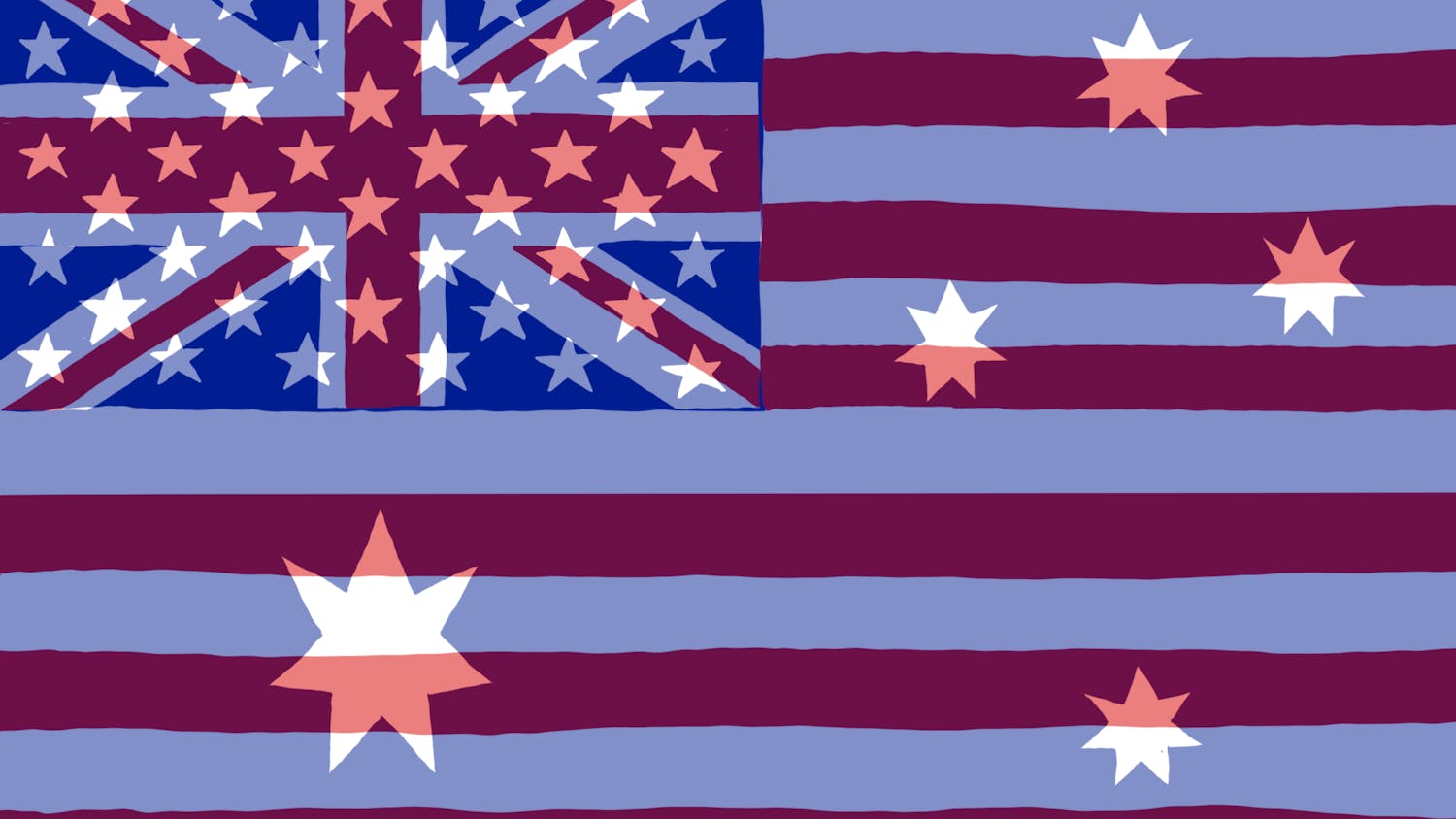In late February, Oceti Sakowin, the main protest camp erected in North Dakota near the Cannonball and Missouri Rivers, was closed down. The camp had been a home for thousands of protesters for several months. The protesters were attempting to prevent the construction of the Dakota Access Pipeline, which Standing Rock Sioux Tribe and its supporters say is an ecological threat to its source for clean drinking water, since the oil pipeline will cross the Missouri River. The protesters had a temporary victory under former President Barack Obama’s administration, but with the new President’s administration, construction has resumed and will likely be complete by the end of the spring.
Polimana Joshevama ’19 and Augusta Terkildsen ’19 both spent considerable amounts of time at the camp. The two sat down with The Mirror to talk about their passion in the cause, the challenges in protesting and why they believe that the revolution has come.
Terkildsen explained her personal connection to the issues with the pipeline; she has family from the Standing Rock Sioux Tribe and would also be directly affected if the pipe ever leaked.
“My number one interest is protecting the water,” she said. “My family and the whole Wambli [part of Pine Ridge reservation] gets their water from the rural water system, which taps straight out of the Missouri river system. Standing Rock are the same people as my people. Those are my relatives up there; it’s my problem too.”
The Missouri River won’t be the only water source in danger; according to Terkildsen, the Ogallala Aquifer, one of the world’s largest, could also be contaminated.
Terkildsen believes that her view of water has changed as well. Ever since a young age, it has been important. Now, she has learned to appreciate it even more.
“Growing up, my parents, grandparents, everyone told me, ‘Water is your first medicine,’” she said. “Whenever you get sick, you always drink water [first]. Throughout my whole life, I’ve always treated it as something very sacred. [Once] I became more educated on these kinds of problems, I’ve realized what state we’re in; it’s definitely become more important to me.”
Terkildsen lives a couple of hours away from Standing Rock, and she was one of the first to set up shop there. Before the camp was cleared in February, it had grown to the size of a miniature city of makeshift buildings.
“My tent and that tepee were the first ones to start off the camp,” she said. “It’s pretty interesting to see the camp grow from my tent and my neighbor’s to this huge thing of thousands of people. That was really great to see.”
According to Terkildsen, protest started out as mostly standing on the road, but soon things began to escalate.
“I saw it shift from just staying there, saying ‘we’re here,’ to becoming actively involved,” she said.
There were several challenges in protesting, mostly in the health of the protesters, who frequently suffered from dehydration and sun stroke. Diabetics were having seizures. Supplies were low because the state started cutting down supplies.
Soon, the protesters faced violence.
“Officers hired by DAPL started using pepper spray, trained attack dogs, rubber bullets, water spraying; there’s been reports of a lot of people who have tested positive for rat poisoning; there were reports of pepper spray water,” Terkildsen remembers. “When the water dried on the road, it dried white, which normal water doesn’t do.”
Terkildsen recalls that there were limited numbers of medics at times. Joshevama, a pre-med student, went to Standing Rock to work as a paramedic, and her help was greatly needed.
Joshevama’s personal interest in Standing Rock comes from her long term interest in social activism.
“I’ve never had the ability to go out and protest and do something,” she said. “Because it’s always been, like, school, school, school. But then I had the opportunity to take off a term ... Everything kind of fell into place.”
As a paramedic, Joshevama worked in the one main medic tent, which dealt primarily with western medicine. When they didn’t have enough supplies, they had to make “cocktails” of traditional and western medicine, which surprisingly worked.
There were professional doctors who came to the camp to help; Joshevama estimates that a new doctor came every two days, although he or she usually did not stay for very long. They let her handle minor injuries. Having taken a Wilderness EMT class at Dartmouth right before flying out to Standing Rock, she had the knowledge and skills to be of assistance.
Joshevama said she usually worked from 8 a.m. to 8 p.m. Occasionally, she would pull 24-hour shifts; in fact, her first occurred on her first day at the camp.
One of the biggest challenges for Joshevama was the time she spent 14 hours trying to convince a young Lakota man not to commit suicide. He eventually overdosed and was arrested so that he would not further harm himself.
Both Joshevama and Terkildsen contributed greatly to their cause; Joshevama with her medical skills and Terkildsen with her early commitment to the camp. Terkildsen also helped out on the medical side, such as delivering medical messages, since cell phone calls were being blocked, and keeping an eye out for those who were getting hurt.
Terkildsen had a couple of suggestions on what she believes others can help with.
People can “educate themselves on these problems,” she said. “Biggest step is being more knowledgeable on these things. Talking, donating, going to meetings or non-violent direct action workshops. Dartmouth does a lot of those. [Go to] deciphering media workshops — you can get the truth from things. You can become a pretty involved activist or a pretty involved ally.”
At Dartmouth, Terkildsen hopes to spread the word about Standing Rock.
“A lot of the first reactions when I came here was people were like, ‘Oh my God, you’re native. I didn’t realize you guys were still alive,’” she said. “Yeah, we’re still alive. We have a lot of problems.”
Other than educating oneself on these issues, Joshevama believes that there are also more direct actions people should take.
“I think it’s time for people to mobilize,” she said. “We need those people to stand in front of us when we get beat by cops. We need people to go out there and be pepper sprayed and get shot at because we need more people on the front line, and the front lines are everywhere.”
She also listed a number of other ways people could indirectly help, such as paying for protest gear — bulletproof vests to combat rubber bullets and milk of magnesia to alleviate the effects of pepper spray — since the gear is often expensive. Joshevama thinks people can also write letters to their politicians, run for political office and, importantly, take care of themselves. She noted that one can easily burn out from protesting.
“[Find] a way to help the cause in a way that’s comfortable for you,” she said. “[Find] what suits you. And it can be whatever cause you want. It can be something really simple.”
Both Terkildsen and Joshevama believe that a revolution is about to come.
“A lot of indigenous people prophesize about the seventh generation, which is now,” Terkildsen said. “[The seventh generation is] where we’re given a decision, and depending on this decision that we make, this can either lead to the continuation of life on earth, or it will lead to the demise of life on earth. [Standing Rock] is part of the revolution ... Right now, the right decisions are not being made.”
Joshevama, looking back on her time protesting, remembers: “The motto of the camp was peaceful and prayerful protest ... When you go to the front lines, it’s pounded into you: ‘You stay peaceful, you stay prayerful, but you’re still there to protest.’”
One powerful incident forever burned into her mind was when the police came to arrest a girl who was singing a prayer song.
“They tackled her into the ice, slammed her head in, buried it in the snow, and she kept singing,” she said. “She didn’t stop. “One of the things that kept me sane, once I was arrested, was [thinking], ‘It’s not their fault, they’ve been raised that way. They view violence as a way to answer to protect their resources.’”
Joshevama believes that Standing Rock is only the beginning of the revolution.
“We showed the world that we can be peaceful in the face of violence,” she said. “We have shown the world that we have tried to protest peacefully, and it was answered with violence. Now, it’s shown that there has to be more. You know that everyone who was there is now going to go out into the world and teach everybody what they learned.”



